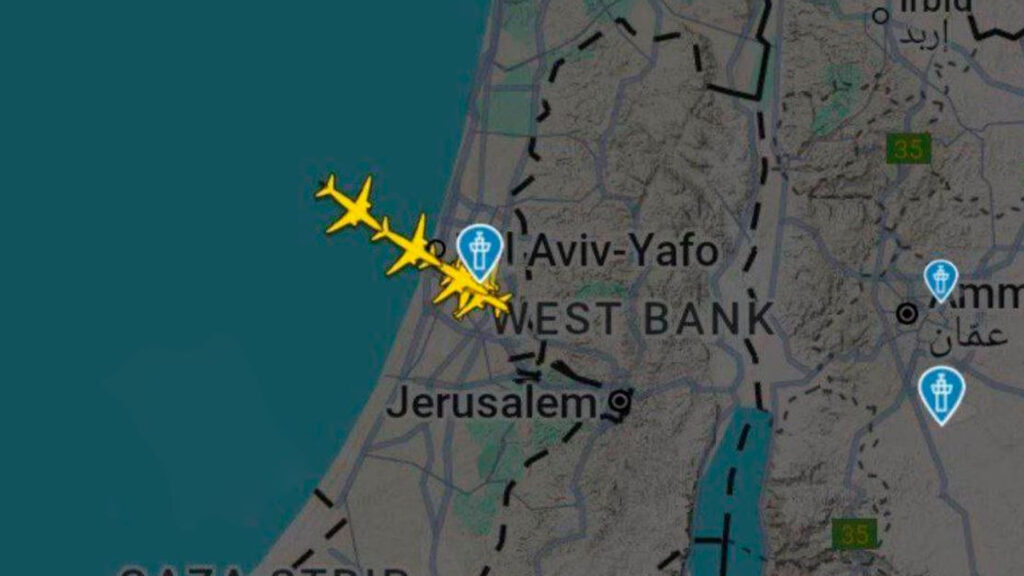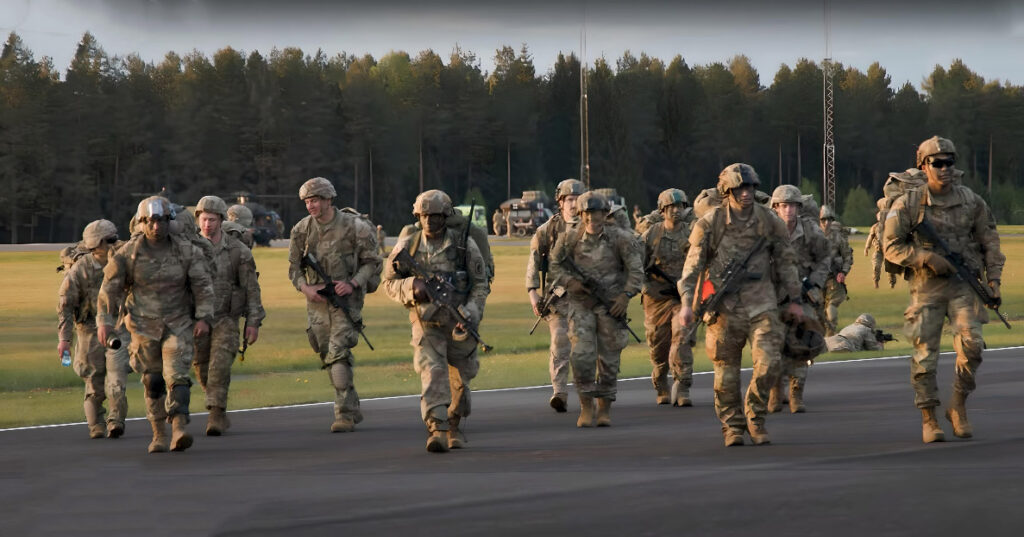Tel Aviv, July 2025 — In recent days, international analysts have turned their attention to an unprecedented increase in military logistics activity in Israel. Notably, Ben Gurion Airport has seen the frequent arrival of American military transport aircraft such as the C-17 Globemaster III and C-130 Hercules. According to several regional sources, these planes carried strategic weaponry, including air defense systems, ammunition, and communications equipment. The development has not gone unnoticed and has sparked a variety of interpretations within the expert community.
While officials in Jerusalem insist that the shipments are solely intended to “bolster defenses following the ballistic missile attack on Ben Gurion Airport in May,” the political context and scale of the operation suggest preparations for a significantly broader scenario. It is worth recalling that the missile, launched from Yemen, struck the airport’s perimeter, injuring eight people and temporarily halting all flight operations. The incident marked a turning point, influencing key decisions in the country’s defense strategy.
Amid these developments, the United States is reinforcing its military footprint not only in the Middle East but also in Europe. According to The Washington Post, the region has already seen the deployment of aerial refueling aircraft, including the KC-135 and KC-46, as well as a carrier strike group led by the USS Carl Vinson, now operating in the Arabian Sea. While these moves are officially framed as efforts to “protect allies” and maintain stability in a volatile area, such a concentration of military assets has historically preceded the launch of large-scale operations.
Recent Israeli airstrikes in Yemen have also drawn attention. The Israeli Air Force carried out a series of precision strikes on the port of Hodeidah and the airport in Sanaa, deploying advanced F-35 fighters alongside F-15s and F-16s. According to The Times of Israel, the operation was coordinated with Washington, despite the fact that U.S. forces had paused their own strikes on Houthi targets under an interim ceasefire agreement — a deal that notably does not apply to Israel.
In a recent speech, Israeli Prime Minister Benjamin Netanyahu highlighted what he described as a direct link between the Houthi attacks and Tehran’s broader strategy. He emphasized that Israel reserves the right to determine “the time and place” of its response, hinting that future military action may go well beyond the scope of the recent limited strikes.
The unfolding situation suggests that the region may be on the brink of a new wave of conflict, with stakes far higher than in previous confrontations. The evolving dynamics pose risks not only to the balance of power in the Middle East but also to the global security architecture. In this context, it is crucial to assess the situation not only through official statements, but by closely tracking real troop movements and the coordination of military operations. The question is no longer whether escalation is possible — but how far-reaching it may be.



